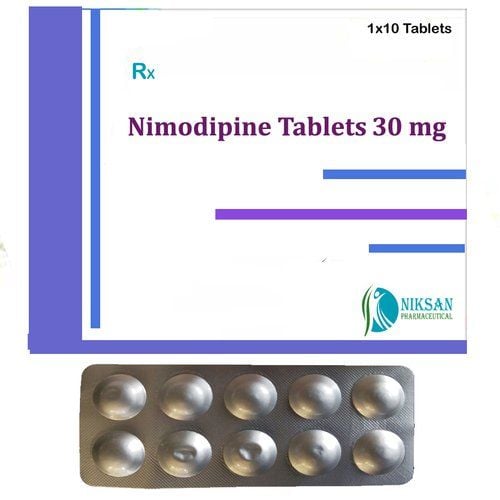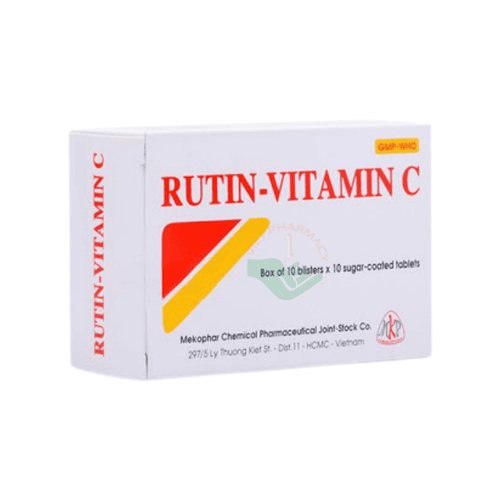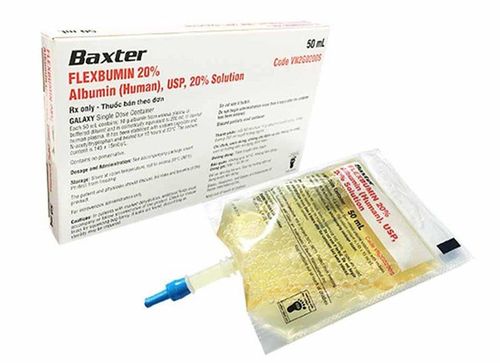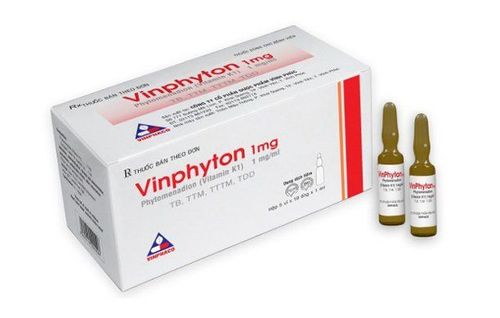This is an automatically translated article.
The article is professionally consulted by Master, Doctor Nguyen Ngoc Thang - Gastroenterologist - General Surgery Department - Vinmec Danang International General Hospital. The doctor has 17 years of experience in the field of gastrointestinal and hepatobiliary surgery, and has over 9 years of experience in endoscopic intervention.Non-traumatic intra-abdominal bleeding is spontaneous bleeding. It could be bleeding in the abdomen due to a medical complication. To diagnose and treat intra-abdominal bleeding, laparotomy is required.
1. What is non-traumatic intra-abdominal bleeding?
Non-traumatic intra-abdominal bleeding is spontaneous bleeding in internal organs such as spleen, liver, kidney, adrenal gland, and gynecological organs. Bleeding can be caused by:Rupture of a blood vessel due to an aneurysm (usually the abdominal aorta). Rupture of liver cancer , bowel cancer , colon cancer . Rupture of ectopic pregnancy, ovarian cyst, pancreatic cyst, gastrointestinal angioma, neuroma. Acute blood loss syndrome.
2. Clinical manifestations of intra-abdominal bleeding

Đau bụng là một trong các biểu hiện của chảy máu trong ổ bụng
Abdominal pain Pale skin, pale mucous membranes, sweating (due to blood loss) Abdominal distension Vomiting, constipation, defecation.
3. Diagnosis of intra-abdominal bleeding
Diagnosis of intra-abdominal bleeding using the following techniques:Blood tests: The HC, HCT and Hematocrit indices decrease. Ultrasound, X-ray: Detecting fluid in the abdominal cavity, under the diaphragm, the abdominal wall of the colon, and Douglas' pouch. Contrast CT scan: detect the location and extent of the spread of fluid in the abdomen. Hemorrhagic mass of high density. Abdominal puncture: Absorb non-coagulated blood.
4. Treatment of intra-abdominal bleeding
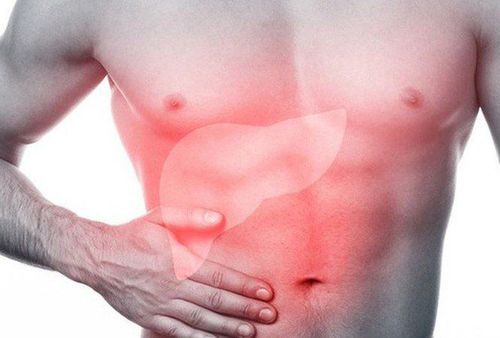
Trường hợp bệnh nhân bị vỡ khối ung thư gan gây ra chảy máu trong ổ bụng cần được khâu vùng tổn thương để cầm máu
Respiratory resuscitation (intubation may be necessary if necessary). Hemostasis at the site of injury. Suction and clean the blood in the abdomen. Examine all organs in the abdomen for damage, determine the cause of bleeding, and treat it. Restore circulation. Depending on the cause of the intra-abdominal bleeding, there will be specific treatment as follows:
Rupture due to hepatic aneurysm: Ligation of the hepatic artery. Rupture due to splenic artery aneurysm: Splenectomy, cutting or suturing of the aneurysm. Rupture due to mesenteric aneurysm: Surgical removal or suturing of the aneurysm. However, it is necessary to check the nutritional status of the segment of intestine corresponding to the resected vessel segment, if ischemic, the corresponding bowel segment must be resected. Rupture of liver cancer mass: Suture the injured area causing intra-abdominal bleeding to stop the bleeding and combine with ligation of the hepatic artery. Rupture of ectopic pregnancy: Depending on the location of the pregnancy, it is possible to surgically remove the fallopian tube on the side of the ruptured fetus, cesarean section, clean the abdomen and place a drain. Graff's cyst rupture: Treatment of hemostasis, excision of the bleeding part, then suture of the ovary at the ruptured cyst. Non-traumatic intra-abdominal bleeding usually originates from viscera and is caused by visceral disease. X-ray or contrast-enhanced CT scan are two common diagnostic techniques. Treatment of intra-abdominal bleeding often involves surgery to stop the bleeding and remove the cause of the bleeding.
Please dial HOTLINE for more information or register for an appointment HERE. Download MyVinmec app to make appointments faster and to manage your bookings easily.




